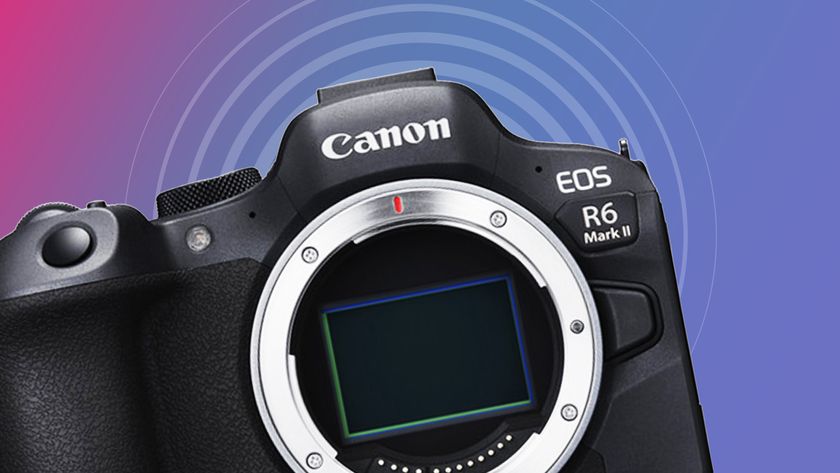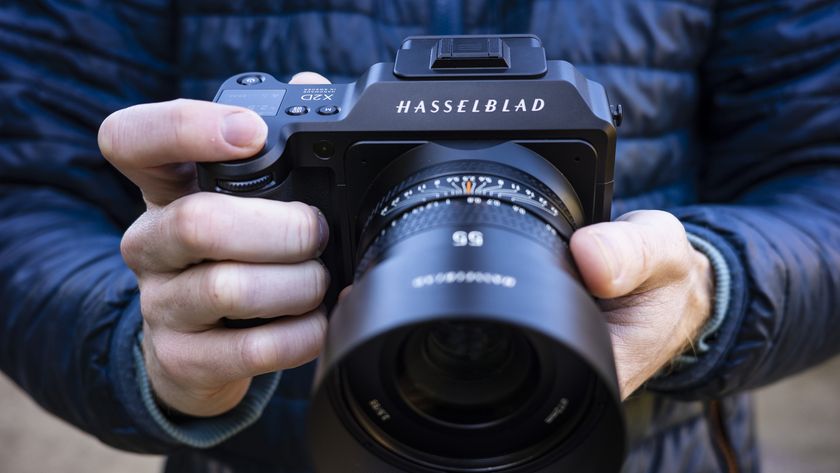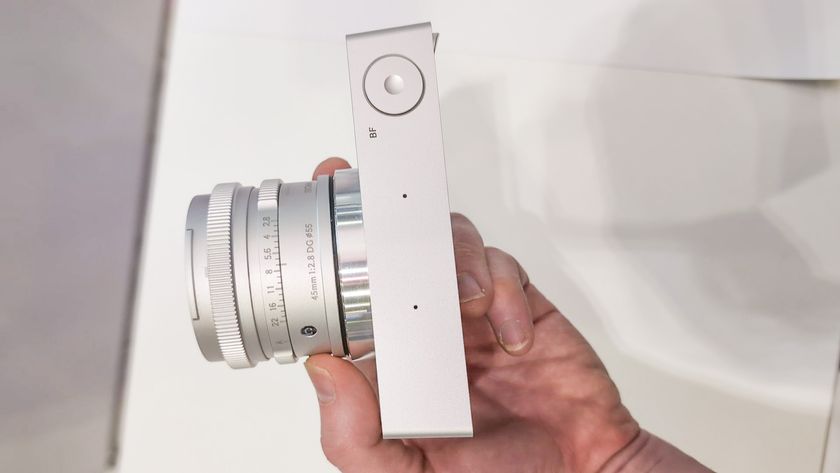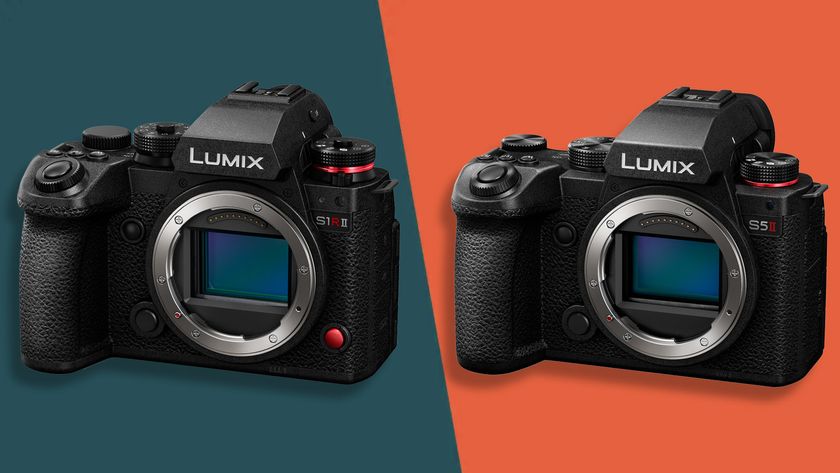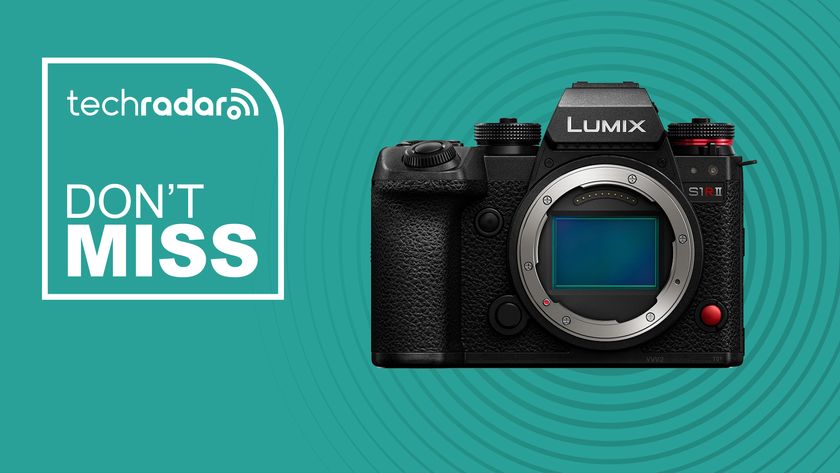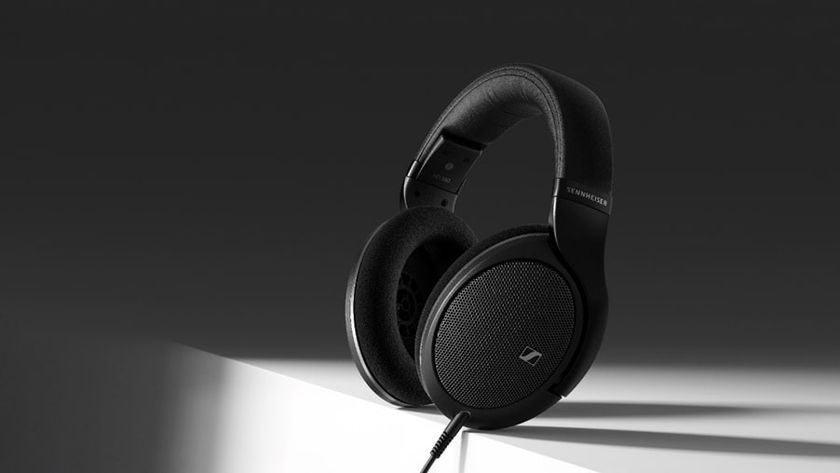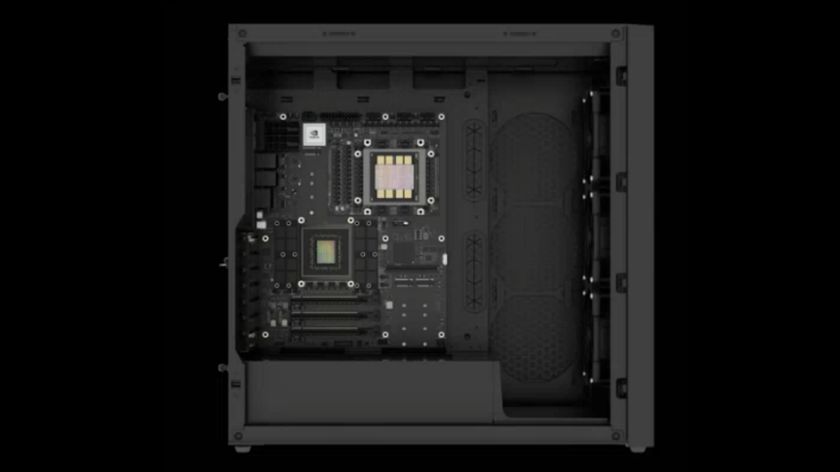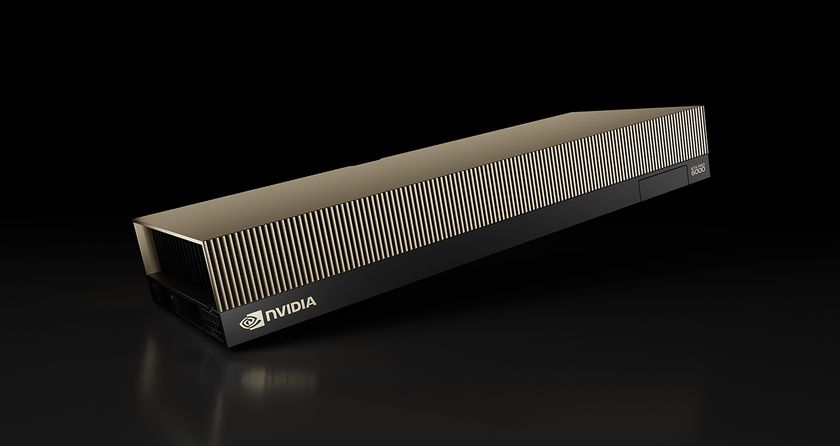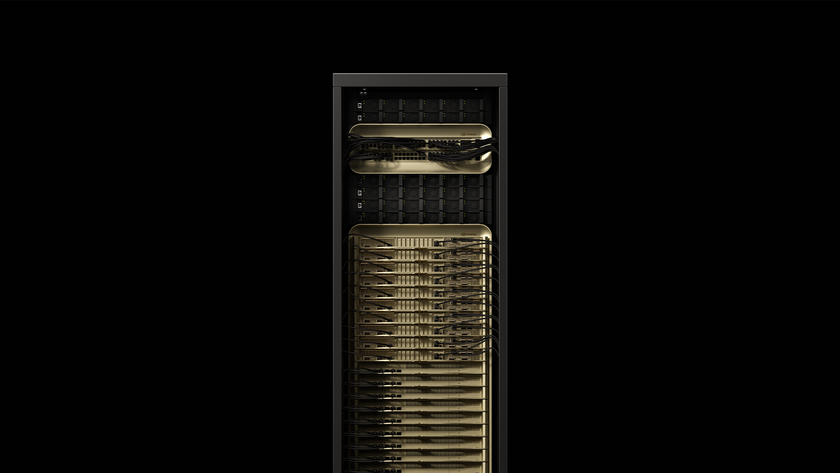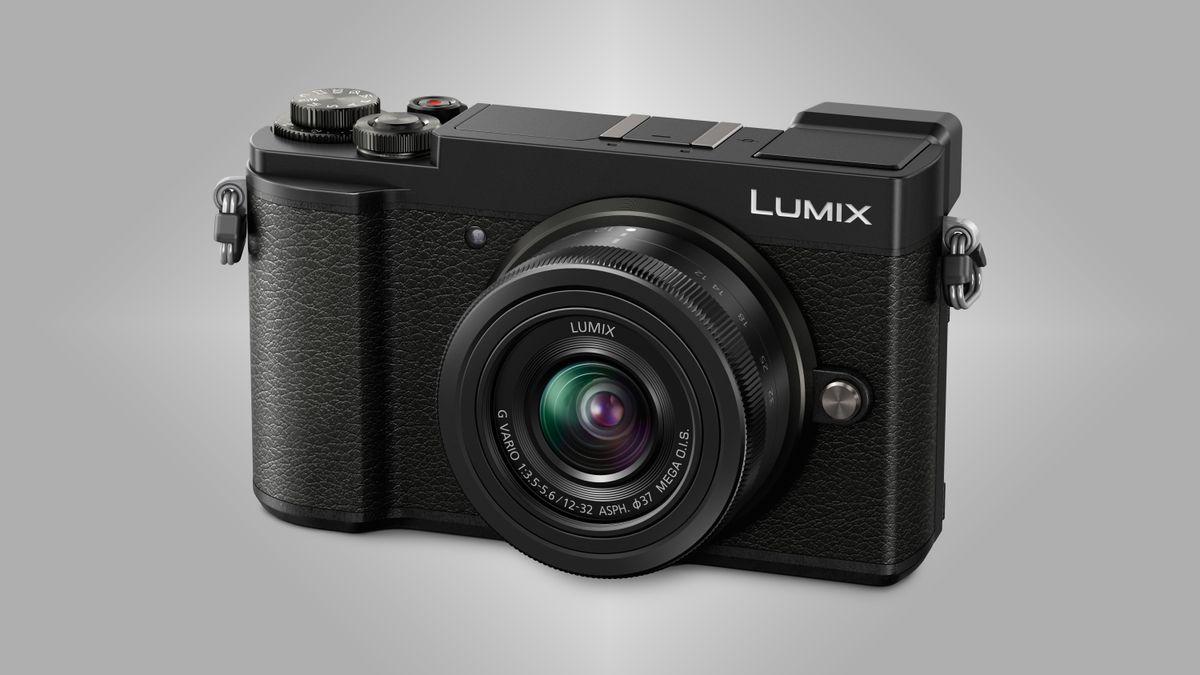
The new Lumix GX9 is the successor to one of the oldest mirrorless cameras in Panasonic's current range, the Lumix GX8.
Aimed at the enthusiast photographer who wants a compact but high-performance camera, the Lumix GX9 features a 20.3MP Micro Four Thirds Digital Live MOS sensor, although it's not quite clear if this is the same sensor as the one in the recently announced Lumix G9.
There's no low-pass filter though, and Panasonic believes that the combination of this sensor and the latest Venus Engine image processor, for the best possible lens performance, should deliver natural, high-precision images.
Panasonic is touting the Lumix GX9 as the ideal street camera, and to that end has added a new L.Monochrome D mode Photo Style, which promises to deliver detailed black and white photos with emphasized highlights and shadows. The grain effect can also be fine-tuned in all monochrome modes to tailor the 'street' look.
5-axis stabilization
The Lumix GX9 features a 5-axis Dual I.S. (Image Stabilizer) that combines the 2-axis O.I.S. (Optical Image Stabilizer) of a compatible lens and 5-axis B.I.S. (Body Image Stabilizer), making it possible to use a shutter speed four tops slower than would otherwise be possible and still achieve blur-free shots.
Panasonic has also kitted the GX9 out with a shutter unit that incorporates an electromagnetic drive, which should reduce the risk of shutter shock by approximately 90%, while a Silent Mode switches the shutter from mechanical to electronic and turns all sound (AF, operation) off.
The Lumix GX9 gets an uprated electronic viewfinder that tilts upwards 80 degrees and has a 2.7m-dot equivalent high-resolution display and 0.7x (35mm camera equiv.) magnification.
Get daily insight, inspiration and deals in your inbox
Sign up for breaking news, reviews, opinion, top tech deals, and more.
On the rear of the Lumix GX9 is a 3.0-inch 1240k-dot touchscreen display that also tilts upwards 80 degrees, and down 45 degrees, to make high- and low-angle shooting easier.





The Lumix GX9 features Panasonic's Contrast AF System that includes DFD (Depth From Defocus) technology, which sees the system exchange digital signals between the camera and the lens at 240fps, which in turn is claimed to deliver a focusing speed of 0.07 sec.
The Lumix GX9 features a wide range of AF functions including Face/Eye Detection AF, Pinpoint AF, One-shot AF and advanced Low Light AF. If you're going to be shooting in near-darkness, Live View Boost makes it possible to check composition under these conditions by boosting the sensitivity just for the Live View display.
4K video capture
As you'd expect for a Panasonic camera, 4K video capture is a given (at 30p or 24p in MP4), while there's also 4K PHOTO. Taking advantage of 4K technology, the Lumix GX9 can shoot at 30fps and output 8MP-equivalent images. If you want to shoot at the camera's full 20.3MP resolution, the GX9 can shoot at up to 9fps (AF-S) and 6fps (AF-C).
Compared to the Lumix GX8, the Lumix GX9 features an exposure compensation dial, and a dedicated focus lever on the rear of the camera for quickly toggling between AF modes.
The GX9 features Bluetooth Low Energy to enable a constant connection with your smartphone or tablet for instant image sharing, in addition to Wi-Fi.
The Lumix GX9 will be available in early March priced at £699 (body-only) in the UK. In Australia, the Lumix GX9 is available as a single lens kit with a 12-32mm lens costing AU$1,399. US pricing is still to be confirmed.
Phil Hall is an experienced writer and editor having worked on some of the largest photography magazines in the UK, and now edit the photography channel of TechRadar, the UK's biggest tech website and one of the largest in the world. He has also worked on numerous commercial projects, including working with manufacturers like Nikon and Fujifilm on bespoke printed and online camera guides, as well as writing technique blogs and copy for the John Lewis Technology guide.
